Home>diy>Building & Construction>What Does “Plumb” Mean In Construction
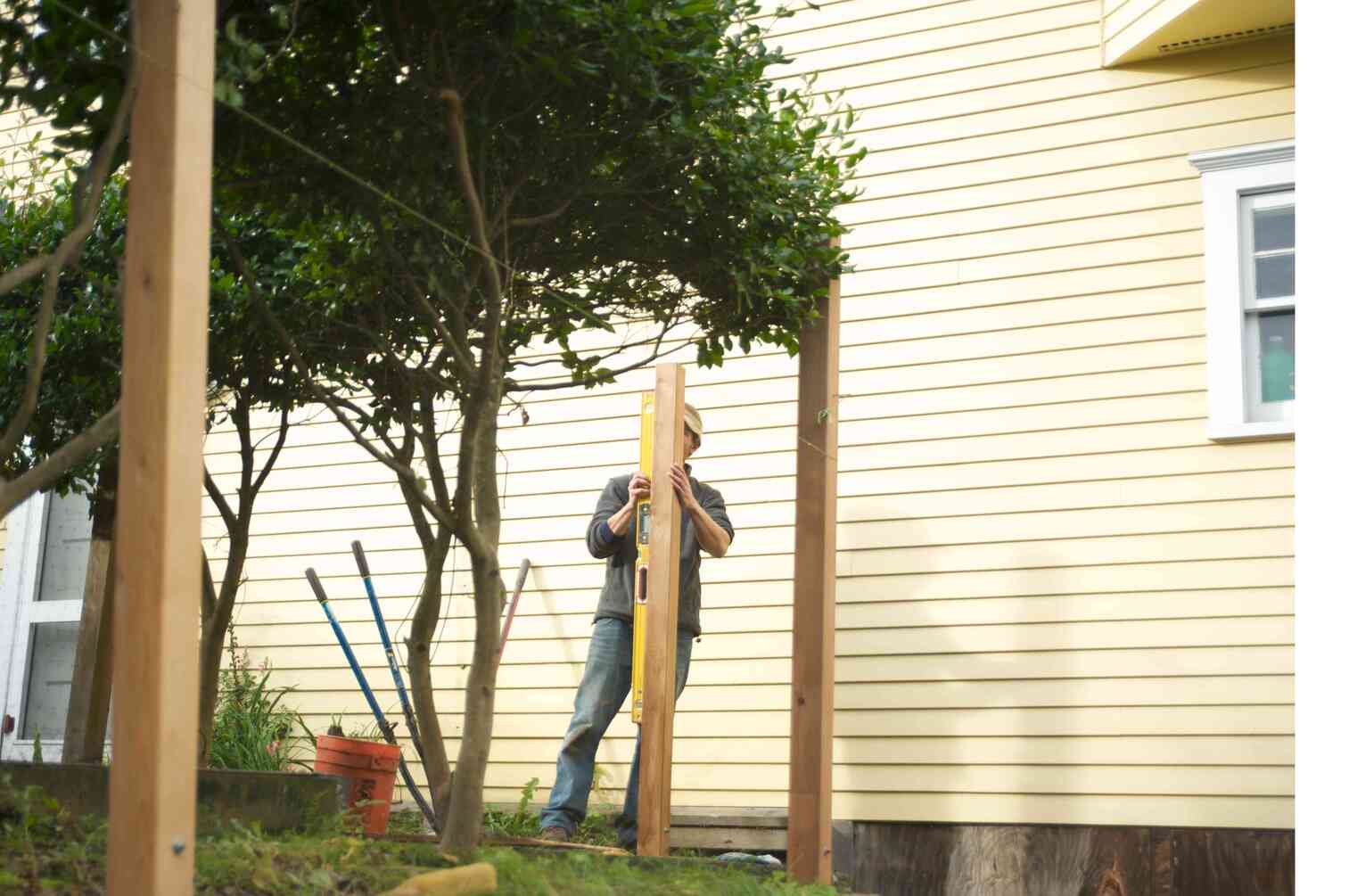

Building & Construction
What Does “Plumb” Mean In Construction
Modified: December 7, 2023
Learn the meaning of "plumb" in building construction and how it pertains to ensuring vertical alignment for accurate structural integrity.
(Many of the links in this article redirect to a specific reviewed product. Your purchase of these products through affiliate links helps to generate commission for Storables.com, at no extra cost. Learn more)
Introduction
When it comes to the construction industry, accuracy and precision are of utmost importance. Every aspect of a building must be carefully planned and executed to ensure its structural integrity and longevity. One essential concept in construction is “plumb.” The term “plumb” refers to the verticality or alignment of a structure or element within a structure. In simple terms, it means ensuring that something is perfectly perpendicular to the ground or, more specifically, perfectly vertical.
Plumb is crucial because it directly impacts the stability and safety of a building. If walls, columns, or other vertical elements are not plumb, they can lead to structural issues, such as leaning, cracking, or even collapse. Ensuring plumb is a fundamental aspect of the construction process, and it requires the use of specialized tools and techniques.
In this article, we will explore in detail what “plumb” means in construction, the importance of maintaining plumb, the tools used to ensure plumb, common issues with plumb, techniques for checking plumb, and how to correctly use a plumb line. By understanding and implementing plumb accurately, construction professionals can ensure the durability and safety of their projects.
Key Takeaways:
- Plumb is crucial in construction, ensuring vertical alignment for stability, safety, and aesthetic appeal. Tools like plumb bobs and laser levels help maintain precision and accuracy in the building process.
- Common issues with plumb, such as foundation settlement and material changes, require proactive monitoring and corrective action to uphold structural integrity. Correctly using a plumb line is essential for accurate vertical alignment.
Definition of “Plumb” in Construction
In the realm of construction, the term “plumb” refers to the vertical alignment of structural elements or elements within a structure. It is the state of being perfectly perpendicular to the ground or, more precisely, perfectly vertical.
When a structural element is considered plumb, it means that it is exactly 90 degrees from the horizontal plane, creating a straight and true vertical line. This line serves as a reference point for the construction of walls, columns, supports, and other vertical components of a building.
Ensuring that elements are plumb is crucial because it determines the stability and integrity of the structure. If components are not perfectly vertical, the weight and forces acting upon them can cause strain and stress, leading to potential structural deficiencies. When walls, columns, or other vertical supports are not plumb, they can result in leaning, cracking, shifting, or even complete failure, compromising the safety of the building and its occupants.
Plumb is one of the primary dimensions that construction professionals use to ensure precision and accuracy in their work. It is a fundamental concept that must be carefully considered and maintained throughout the construction process.
Importance of Plumb in Construction
The importance of maintaining plumb in construction cannot be overstated. It is a critical factor that directly impacts the stability, safety, and overall quality of a building. Here are several reasons why plumb is essential in construction:
- Structural Integrity: Plumb ensures that vertical structural elements are correctly aligned and perpendicular to the ground. This alignment distributes the load evenly and minimizes stress on the structure, improving its overall integrity.
- Stability: When walls, columns, or supports are perfectly plumb, they provide solid and stable foundations for the rest of the building. This stability prevents issues such as shifting, sagging, or leaning, which can compromise the structure’s strength and safety.
- Even Distribution of Loads: Plumb walls and vertical supports help evenly distribute the weight and loads imposed on the structure. This distribution prevents excessive stress on specific areas, reducing the risk of cracks, deformations, and structural failures.
- Aesthetic Appeal: Plumb walls and architectural elements contribute to the visual appeal of a building. When all the vertical components align perfectly, it creates a harmonious and pleasing appearance, enhancing the overall aesthetic appeal of the structure.
- Efficient and Accurate Construction: Maintaining plumb throughout the construction process helps ensure accuracy and precision in the placement of walls, partitions, and vertical elements. This precision streamlines the construction process, minimizing rework and potential delays.
To achieve and maintain plumb, construction professionals rely on a combination of specialized tools and techniques. These enable them to measure and adjust the vertical alignment of different elements, ensuring they meet the required standards. By adhering to plumb standards, builders can construct durable, safe, and visually pleasing structures that stand the test of time.
Tools Used for Ensuring Plumb
Ensuring plumb in construction requires the use of various tools specifically designed to measure and maintain vertical alignment. These tools help construction professionals achieve the desired level of accuracy and precision. Here are some of the commonly used tools for ensuring plumb:
- Plumb Bob: The plumb bob is a traditional and straightforward tool used for centuries to determine plumb. It consists of a pointed metal weight attached to a string or line. When suspended, the weight aligns with gravity, providing a vertical reference line. Construction workers can hold the string against a wall or structure to assess its alignment.
- Spirit Level: The spirit level, also known as a bubble level or carpenter’s level, is a vital tool for checking plumb. It consists of a rectangular or cylindrical body filled with alcohol or another liquid, fitted with a sealed glass tube and an air bubble. When the bubble is centered between two marked lines, it indicates that the surface or element is perfectly vertical.
- Laser Level: Laser levels are modern tools that use a laser beam to indicate plumb. They project a straight, vertical laser line onto the surface, providing a precise reference for vertical alignment. Laser levels are highly accurate and can cover long distances, making them ideal for large-scale construction projects.
- Plumb Line: A plumb line is a simple tool consisting of a string or line and a weight, similar to a plumb bob. It is used to establish a vertical reference line by hanging the string and weight from a predetermined point. By marking the alignment of the string, construction professionals can verify the plumb of walls, columns, and other vertical elements.
- Inclinometers: Inclinometers, also known as slope indicators or tilt meters, are electronic devices used to measure the tilt or angle of an object in relation to gravity. They can be used to assess the vertical alignment of walls, structural elements, or even the entire building. Inclinometers provide precise numerical readings, making them valuable tools for ensuring plumb.
The selection of the appropriate tool depends on the specific requirements of the project, the accuracy needed, and the preferences of the construction professional. These tools enable builders to achieve and maintain plumb throughout the construction process, ensuring the structural integrity, stability, and quality of the building.
When using the term “plumb” in construction, it refers to ensuring that a structure or wall is perfectly vertical. This can be achieved using a plumb bob or a level to ensure accuracy.
Techniques for Checking Plumb
Checking and maintaining plumb during construction involves the use of specific techniques to ensure accurate vertical alignment. These techniques allow construction professionals to identify any deviations from plumb and make necessary adjustments. Here are some common techniques used for checking plumb:
- Visual Inspection: The simplest and most intuitive technique is visual inspection. Builders visually assess the alignment of walls, columns, or other vertical elements to identify any obvious deviations from plumb. They look for signs of leaning, bulging, or unevenness that may indicate a lack of vertical alignment.
- Plumb Bob: The plumb bob method is a traditional technique used for centuries. It involves suspending a weighted string, known as a plumb line, from a fixed point. By observing the alignment of the string or marking its position against a wall, builders can determine if the element is plumb. This technique provides a reliable and accurate assessment of vertical alignment.
- Spirit Level: Spirit levels are versatile tools used to check plumb as well as horizontal levelness. By placing the level against a wall or vertical element, builders can determine if the surface is perfectly vertical. The bubble within the level should be centered between the marked lines to indicate plumb.
- Laser Level: Laser levels provide a highly precise and efficient method for checking plumb. They project a laser beam that creates a straight vertical reference line. Builders can use a laser detector to determine if the line is perfectly aligned with the element being checked, indicating plumb. Laser levels are especially useful for large-scale construction projects and can quickly assess multiple points simultaneously.
- Inclinometers: Inclinometers, whether handheld or integrated into digital devices, can measure the tilt or angle of an object with high accuracy. By placing an inclinometer against a wall or structural element, builders can gauge its vertical alignment. This technique provides numerical readings, allowing for precise assessments of plumb.
It is important to note that different techniques may be used depending on the specific requirements of the construction project, the available tools, and the preferences of the construction professional. By utilizing a combination of these techniques, builders can ensure that all vertical elements are plumb, promoting the structural integrity and stability of the building.
Read more: What Does FHT Mean In Plumbing
Common Issues with Plumb in Construction
While maintaining plumb is essential in construction, various issues can arise that compromise the vertical alignment of walls, columns, and other elements. Identifying and addressing these issues promptly is crucial to ensure the structural integrity and stability of the building. Here are some common issues that can occur with plumb in construction:
- Foundation Settlement: Uneven settling of the foundation can cause walls and other structural elements to shift out of plumb. This can occur due to soil movement, improper soil compaction, or poor foundation design. Foundation settlement can lead to significant deviations from vertical alignment, requiring corrective measures to restore plumb.
- Construction Errors: Human error during the construction process can result in walls or vertical elements being installed out of plumb. This can happen due to incorrect measurements, misalignment of structural components, or improper installation techniques. Careful attention to detail, adherence to construction plans, and meticulous workmanship are necessary to avoid such errors.
- Environmental Factors: External factors such as earthquakes, strong winds, or ground movements can impact the plumb of a building. These forces can cause walls or structural elements to shift or lean, compromising their vertical alignment. Robust structural design and the use of appropriate reinforcement techniques can help mitigate the effects of these environmental factors.
- Material Shrinkage or Expansion: Certain construction materials, such as wood or concrete, may experience shrinkage or expansion over time due to changes in temperature, humidity, or moisture content. This can result in walls or columns losing their plumb. Construction professionals must account for these material characteristics and take measures to accommodate any potential changes in dimension.
- Inaccurate Measurement or Leveling Tools: The use of inaccurate or faulty measurement and leveling tools can lead to errors in determining plumb. If the tools used are not properly calibrated or of low quality, they may provide incorrect readings, leading to misjudgment of vertical alignment. Regular calibration and the use of reliable tools are crucial to ensure accurate plumb measurements.
Addressing these issues requires a proactive approach and diligent corrective action. Builders must regularly monitor the plumb of vertical elements throughout the construction process and make necessary adjustments to maintain the desired alignment. By addressing these common issues promptly, construction professionals can ensure that the building remains safe, stable, and structurally sound.
How to Correctly Use a Plumb Line
A plumb line is a simple yet effective tool for checking and maintaining plumb in construction. Correctly using a plumb line is crucial to ensure accurate vertical alignment. Here is a step-by-step guide on how to correctly use a plumb line:
- Select the Right Location: Determine the point on the wall or structure where you want to check for plumb. This is typically a reference point or a specific area that needs to be vertically aligned.
- Attach the Plumb Line: Tie one end of the plumb line securely to the selected point. Ensure that the line hangs freely without any obstructions.
- Hold the Plumb Line: Hold the plumb line gently by its loose end, allowing it to hang vertically. Keep your hand steady to prevent any unnecessary movement that may affect the accuracy of the plumb line.
- Observe the Alignment: Observe the position of the plumb line against the surface you are checking. Look for any deviations from the vertical line. If the line is perfectly aligned with the wall or structure, it indicates that it is plumb. However, if it leans or deviates from the vertical, adjustments may be needed.
- Mark the Deviation: If you notice any deviations from plumb, mark the point where the plumb line is deflecting or not aligned. This will help you identify the areas that require adjustment to achieve vertical alignment.
- Make Necessary Adjustments: Based on the marked deviation, make appropriate adjustments to bring the wall or structural element back to plumb. This may involve realigning the element, repositioning or adjusting supports, or using shims or leveling compounds to correct any unevenness.
- Recheck Plumb: After making adjustments, recheck the plumb using the plumb line. Ensure that the line hangs vertically without any deflection or deviation. If the line remains straight and aligned with the surface, it indicates that the element is now plumb.
Repeat this process at different locations along the wall or structural element to ensure consistent vertical alignment.
Using a plumb line correctly helps construction professionals achieve and maintain plumb throughout the construction process. It allows for precise adjustments and ensures that walls, columns, and other vertical elements are accurately aligned, contributing to the stability, safety, and structural integrity of the building.
Conclusion
Plumb is an essential concept in construction that refers to the vertical alignment of walls, columns, and other structural elements. Maintaining plumb is crucial to ensure the stability, safety, and overall quality of a building. By adhering to plumb standards, construction professionals can prevent structural issues such as leaning, cracking, or collapse, and create durable, safe, and visually appealing structures.
Various tools and techniques are used to ensure plumb in construction. From the traditional plumb bob and spirit levels to modern laser levels and inclinometers, these tools enable builders to measure and adjust vertical alignment accurately and efficiently.
Common issues that can arise with plumb include foundation settlement, construction errors, environmental factors, material shrinkage or expansion, and inaccurate measurement tools. Recognizing and addressing these issues promptly is crucial to maintaining plumb and avoiding any compromise to the structural integrity of the building.
Correctly using a plumb line is an important skill for construction professionals. By following a simple step-by-step process of attaching the line, observing the alignment, marking any deviations, making necessary adjustments, and rechecking plumb, builders can ensure accurate vertical alignment of walls and structural elements.
In conclusion, understanding the concept of plumb and its significance in construction is vital for construction professionals. By prioritizing and maintaining plumb throughout the construction process, builders can create structurally sound, stable, and visually appealing buildings that stand the test of time.
Frequently Asked Questions about What Does "Plumb" Mean In Construction
Was this page helpful?
At Storables.com, we guarantee accurate and reliable information. Our content, validated by Expert Board Contributors, is crafted following stringent Editorial Policies. We're committed to providing you with well-researched, expert-backed insights for all your informational needs.
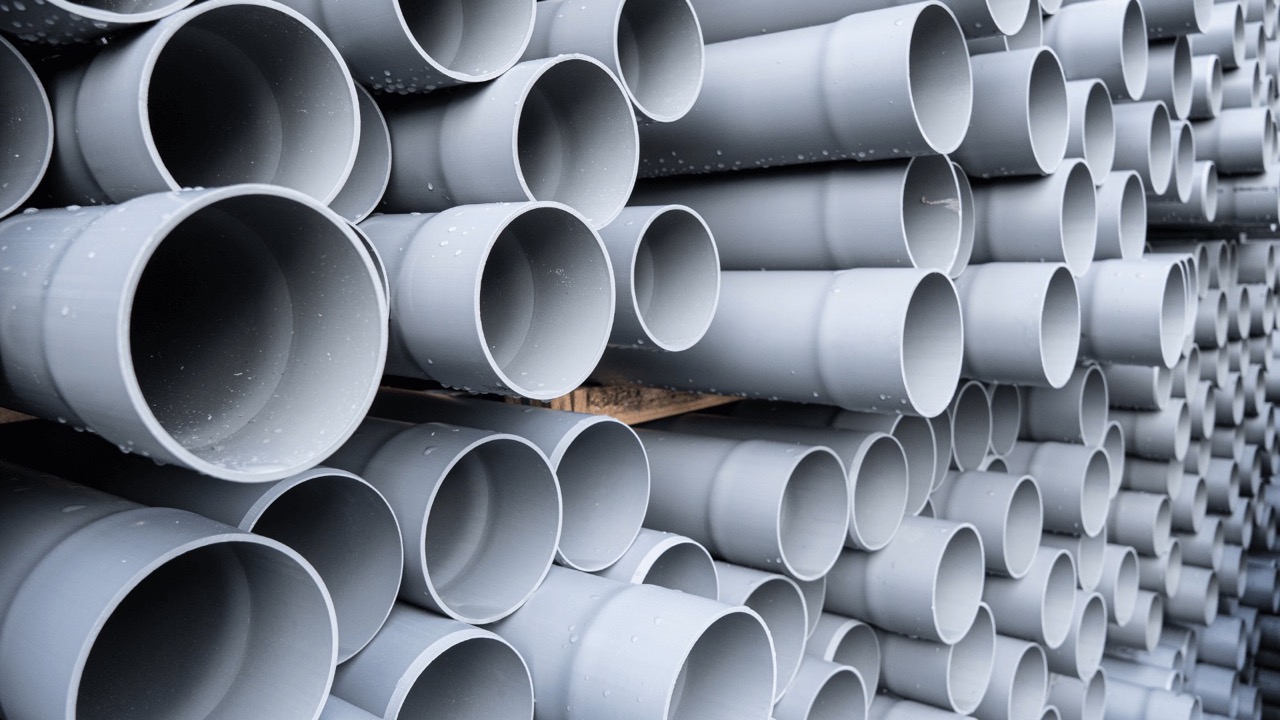
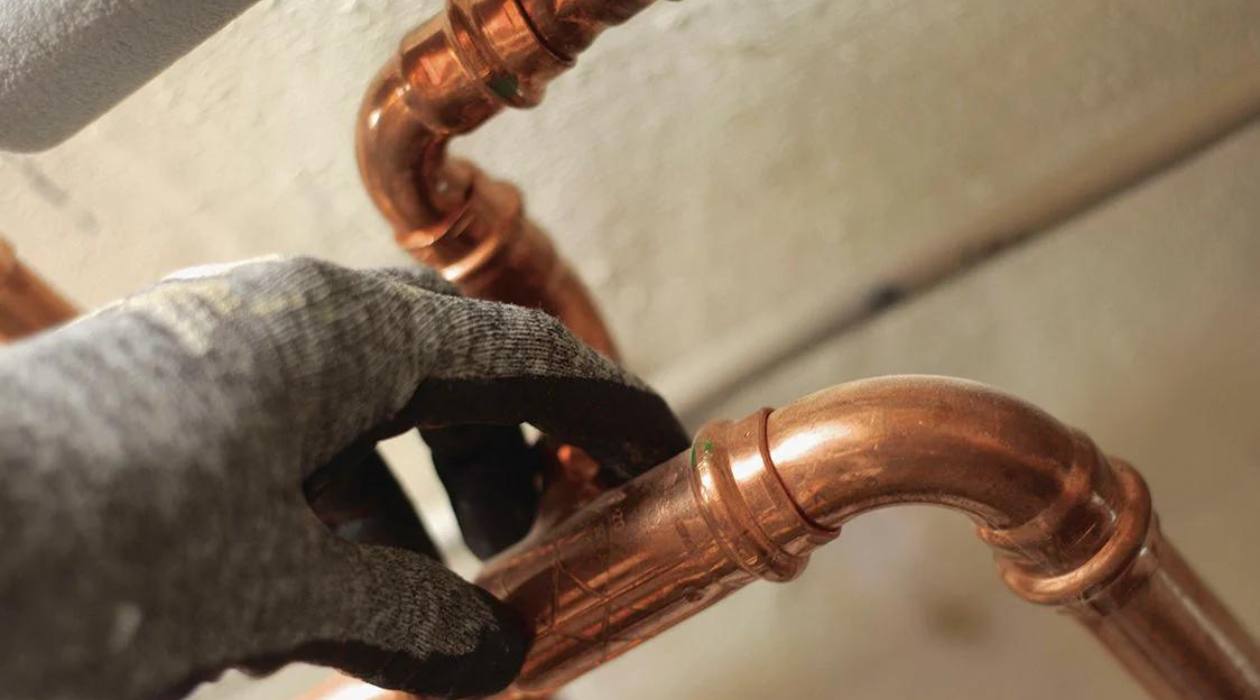
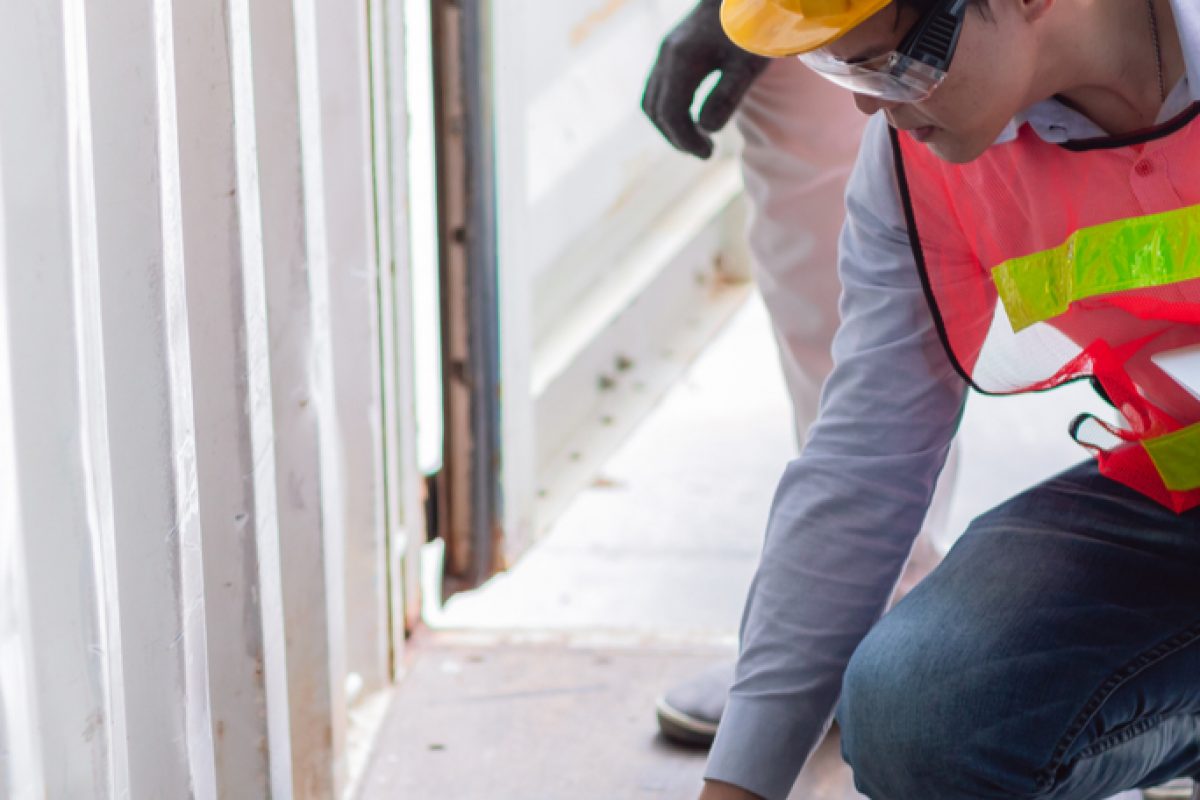

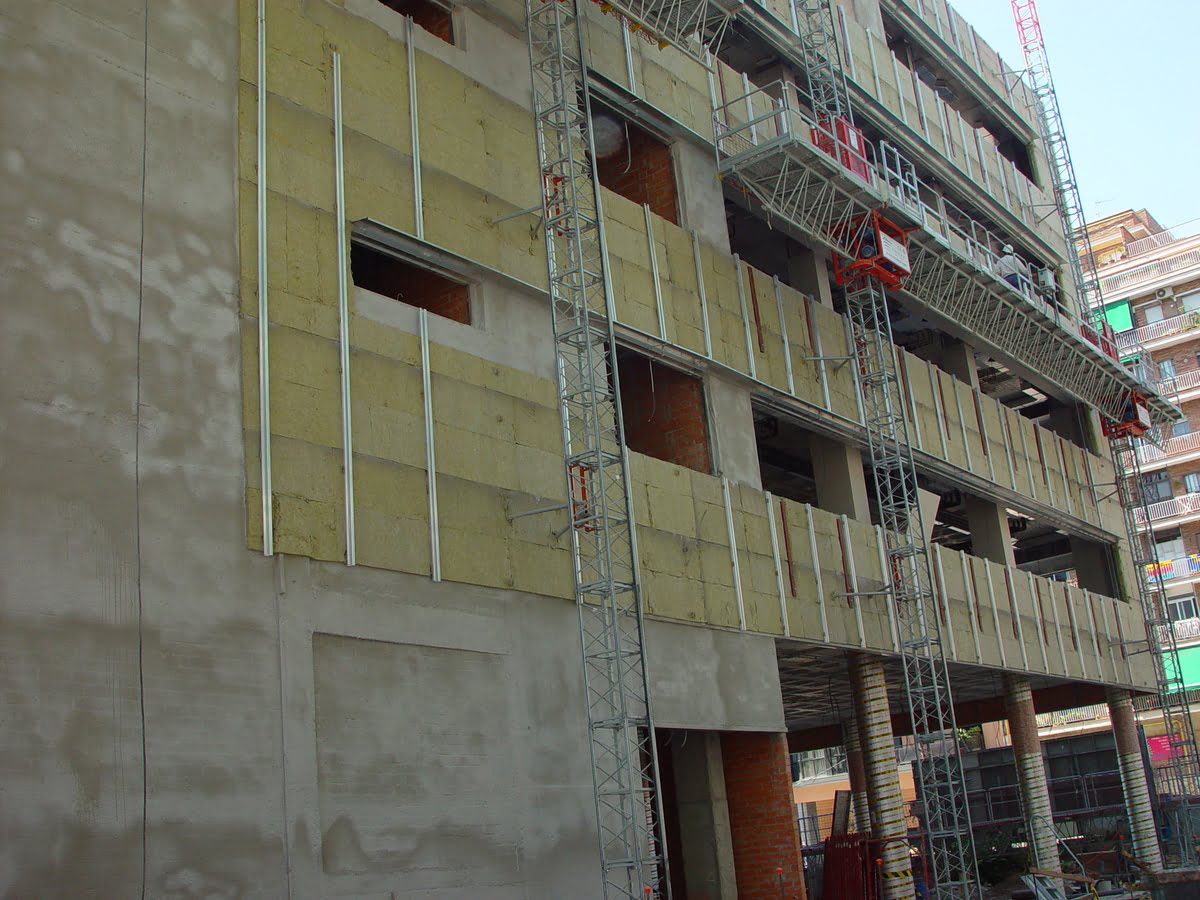


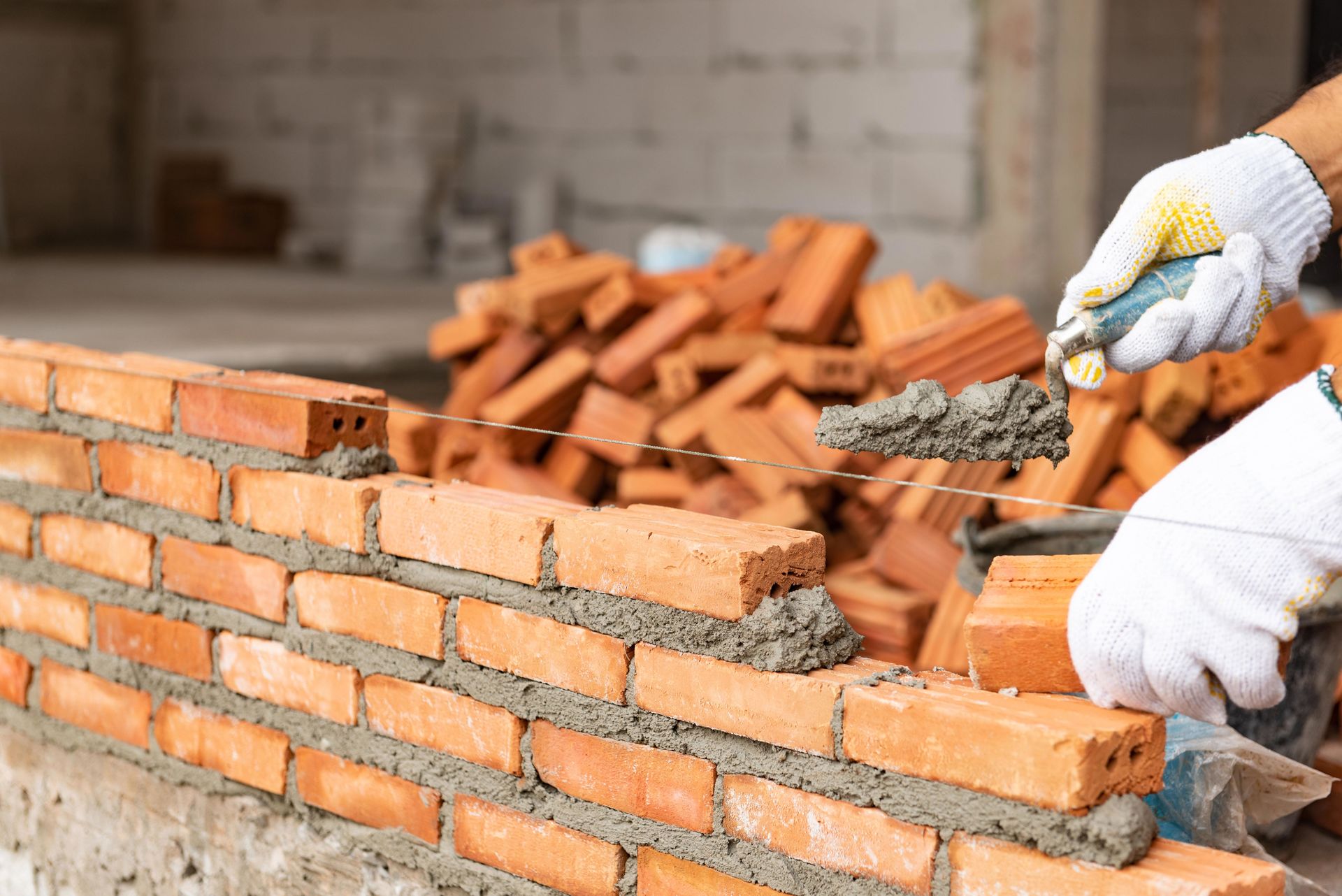
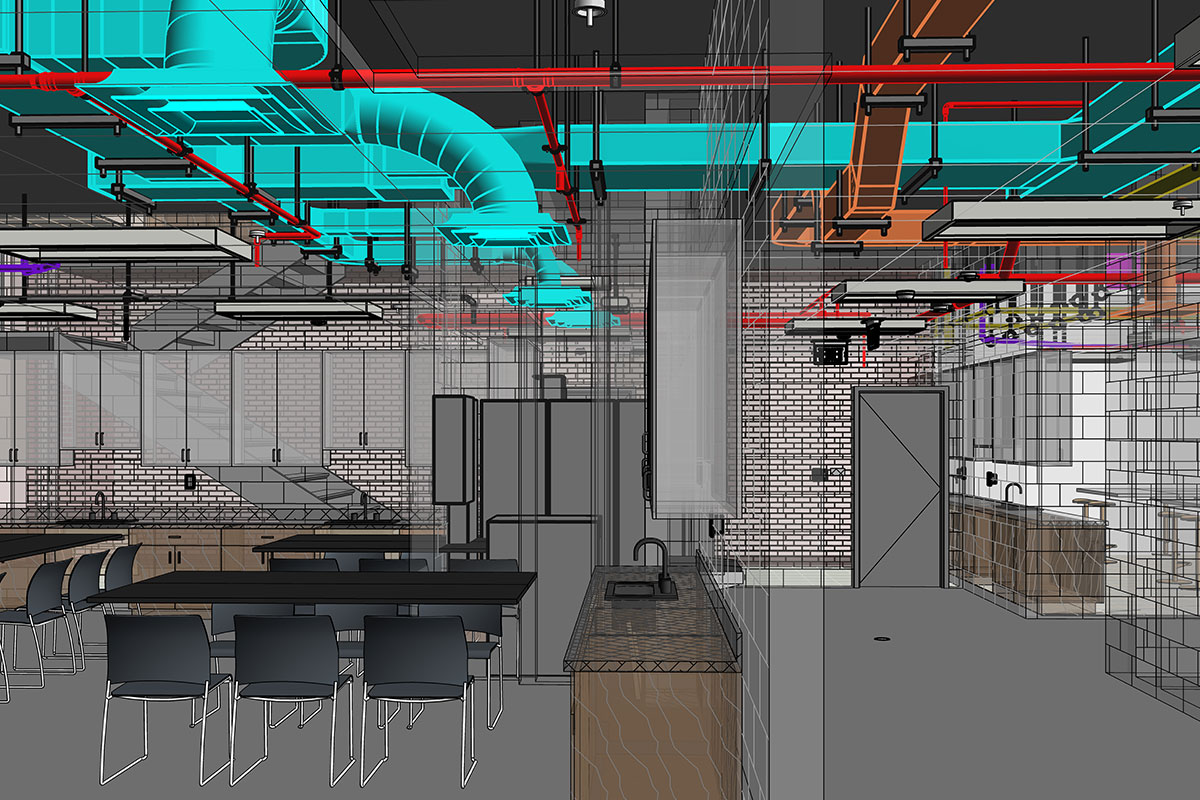
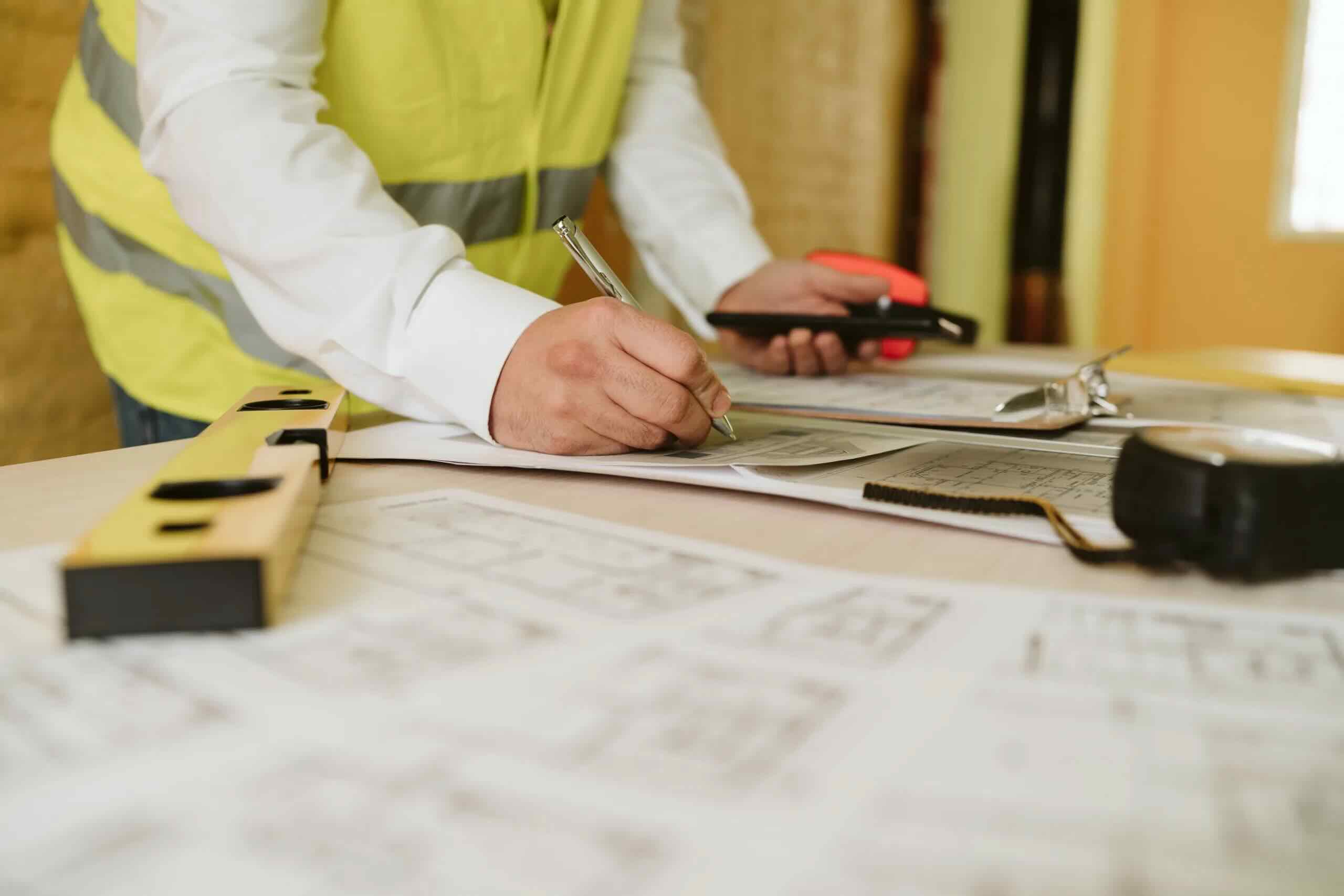
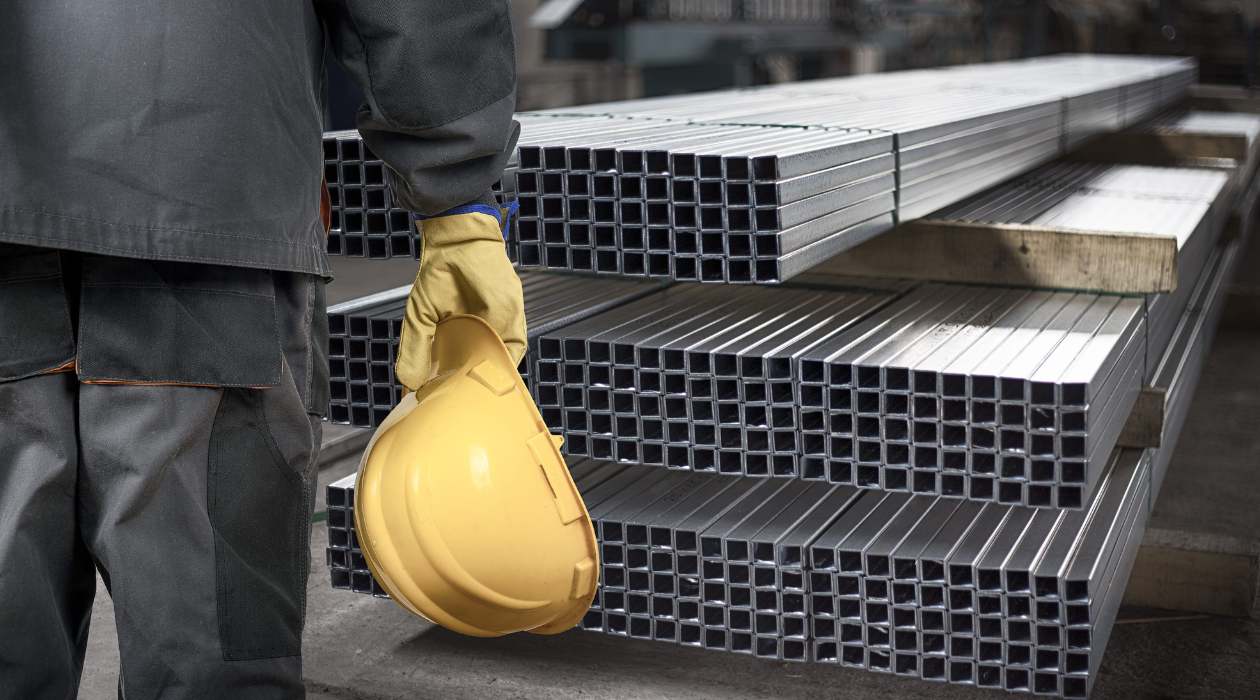


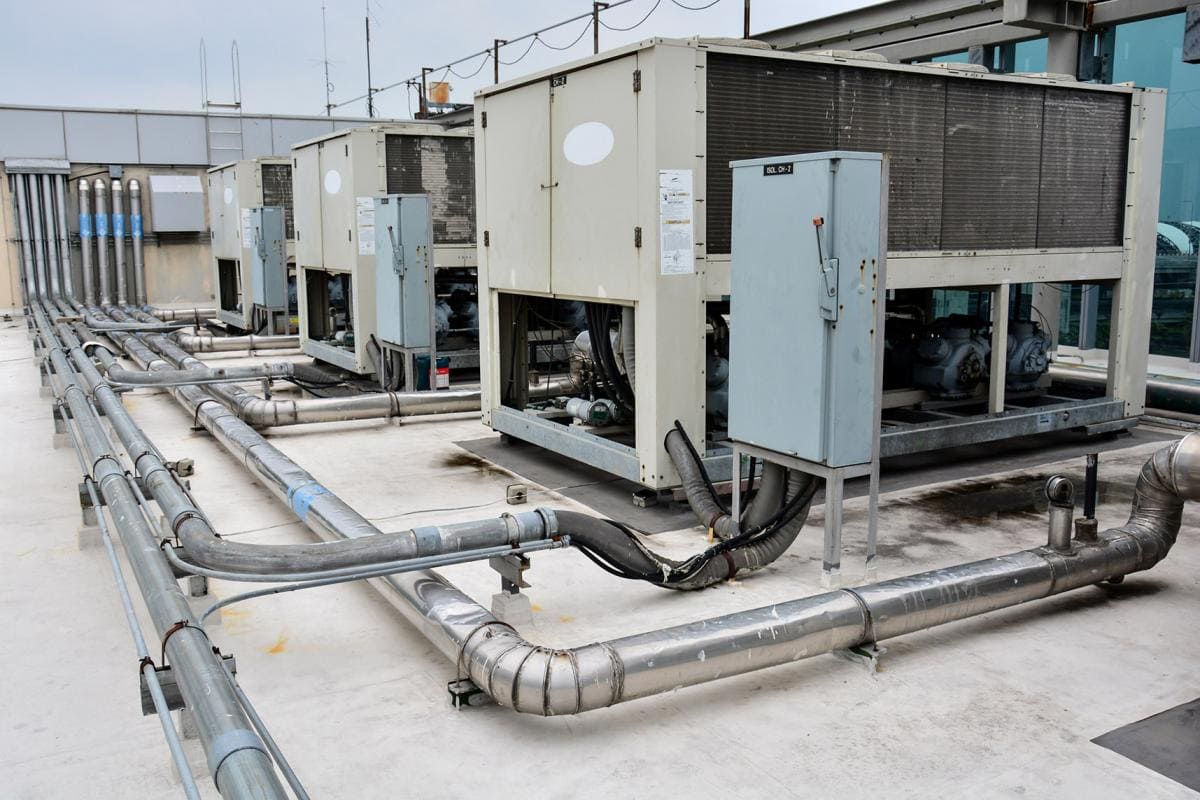

0 thoughts on “What Does “Plumb” Mean In Construction”